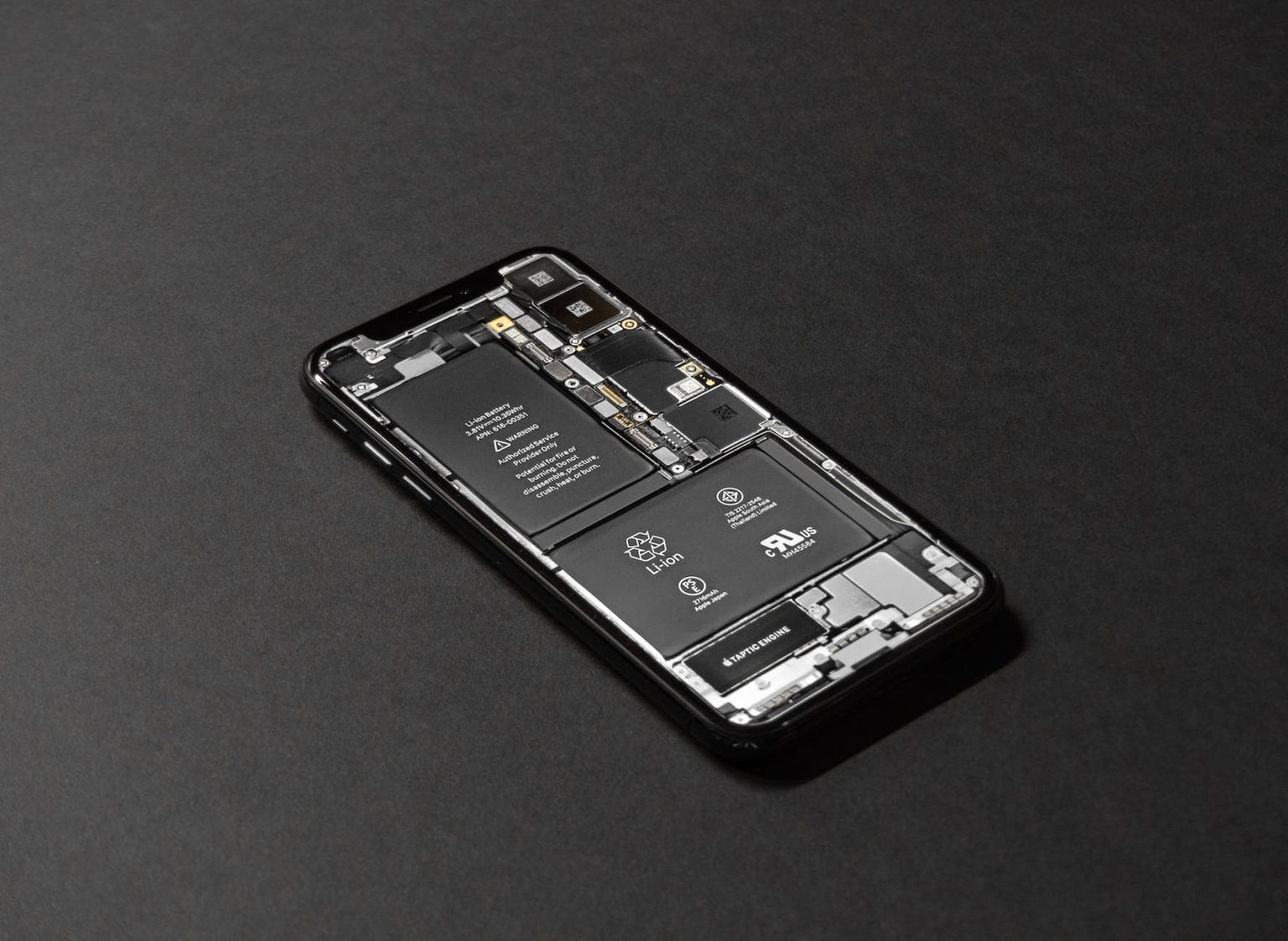Introduction
In today’s digital age, mobile devices have become an integral part of our daily lives. From communication to entertainment, we rely on our smartphones and tablets for various activities. With the increasing popularity of mobile devices, the design of mobile apps and websites has become crucial in attracting and engaging users. In this article, we will explore the impact of mobile design on user engagement and discuss various aspects that contribute to a successful mobile user experience.
Visual Appeal
One of the key factors that influence user engagement on mobile devices is the visual appeal of the design. A visually appealing interface can capture the attention of users and encourage them to explore further. By using attractive colors, high-quality images, and intuitive layouts, designers can create a visually pleasing experience that keeps users engaged.
Usability
Another important aspect of mobile design is usability. Users expect mobile apps and websites to be easy to navigate and use. A well-designed user interface with clear navigation menus, intuitive gestures, and responsive interactions can greatly enhance the usability of a mobile app or website. When users can easily find what they are looking for and perform tasks without frustration, they are more likely to stay engaged.
Performance
The performance of a mobile app or website also plays a significant role in user engagement. Slow loading times and laggy interactions can quickly discourage users and lead to high bounce rates. Optimizing the performance of mobile designs, such as minimizing file sizes, reducing server requests, and implementing caching mechanisms, can improve the overall user experience and keep users engaged.
Personalization
Personalization is another aspect of mobile design that can greatly impact user engagement. By tailoring the content and features of a mobile app or website to individual users’ preferences and behaviors, designers can create a more personalized and engaging experience. Personalization can include customized recommendations, personalized notifications, and adaptive interfaces that adapt to users’ needs and preferences.
Accessibility
Ensuring accessibility is essential in mobile design to cater to users with disabilities or impairments. Designing mobile apps and websites with accessibility in mind, such as providing alternative text for images, using clear and readable fonts, and implementing screen reader compatibility, can make the experience inclusive and engaging for all users.
Conclusion
In conclusion, mobile design has a significant impact on user engagement. By focusing on visual appeal, usability, performance, personalization, and accessibility, designers can create mobile apps and websites that attract and engage users. As mobile devices continue to evolve, it is crucial for designers to stay updated with the latest trends and technologies to provide the best user experience possible.




